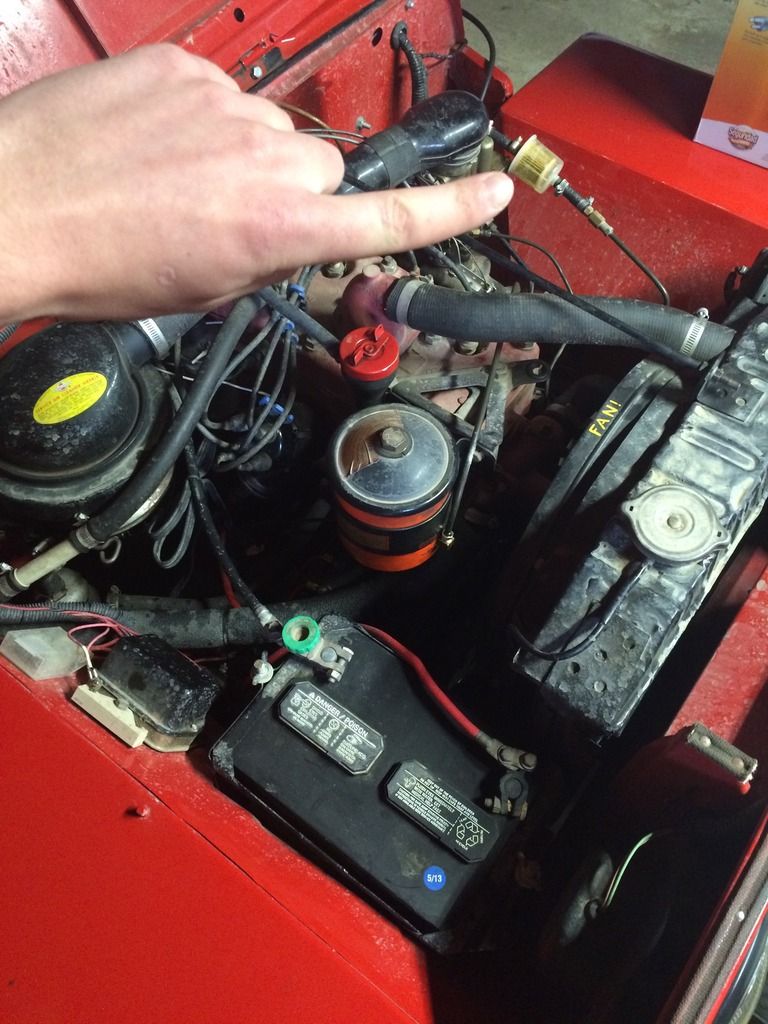SheepnJeep
Active member
Hey folks,
Hoping someone here can enlighten me on what steps I should take in wiring an Alternator into my Willys jeep. It is currently using a generator that is functioning, but I am finding that as the battery ages the system can't keep up with short town trips at night. (Running the headlights) I am suspecting that sitting at stoplights and so forth just doesn't generate enough power to keep the battery topped up and run the lights.
I'm wondering what the best route is here. Obviously I would like to find the most common alternator with a V belt drive available and install it. Should I try and find an externally regulated alternator and simply swap in the appropriate regulator? Or do you connect whatever wiring is supposed to be regulated directly and find an alternator with the regulator built in?
I understand that a 1 wire alternator is very simple to install, but not necessarily the right way to do things. There isn't any feedback to the alternator so that is just runs and doesn't increase/decrease output with load applied. Also looks like many of them need to be spun up to a certain rpm to become energized. This pretty much means that you couldn't bump start one with a dead battery, correct?
This is a 1940's/50's Willys. The wiring harness is modern from Painless wiring. Unfortunately for my learning curve my dad installed the wiring for me as a surprise. So beyond the basics I really have no clue what all is hooked up to the voltage regulator or anything. Contacted Painless wiring and all they could suggest was adding a 1 wire alternator. Just not sure that is the proper way to go!
Thanks for any advice,
-Jesse
Hoping someone here can enlighten me on what steps I should take in wiring an Alternator into my Willys jeep. It is currently using a generator that is functioning, but I am finding that as the battery ages the system can't keep up with short town trips at night. (Running the headlights) I am suspecting that sitting at stoplights and so forth just doesn't generate enough power to keep the battery topped up and run the lights.
I'm wondering what the best route is here. Obviously I would like to find the most common alternator with a V belt drive available and install it. Should I try and find an externally regulated alternator and simply swap in the appropriate regulator? Or do you connect whatever wiring is supposed to be regulated directly and find an alternator with the regulator built in?
I understand that a 1 wire alternator is very simple to install, but not necessarily the right way to do things. There isn't any feedback to the alternator so that is just runs and doesn't increase/decrease output with load applied. Also looks like many of them need to be spun up to a certain rpm to become energized. This pretty much means that you couldn't bump start one with a dead battery, correct?
This is a 1940's/50's Willys. The wiring harness is modern from Painless wiring. Unfortunately for my learning curve my dad installed the wiring for me as a surprise. So beyond the basics I really have no clue what all is hooked up to the voltage regulator or anything. Contacted Painless wiring and all they could suggest was adding a 1 wire alternator. Just not sure that is the proper way to go!
Thanks for any advice,
-Jesse



